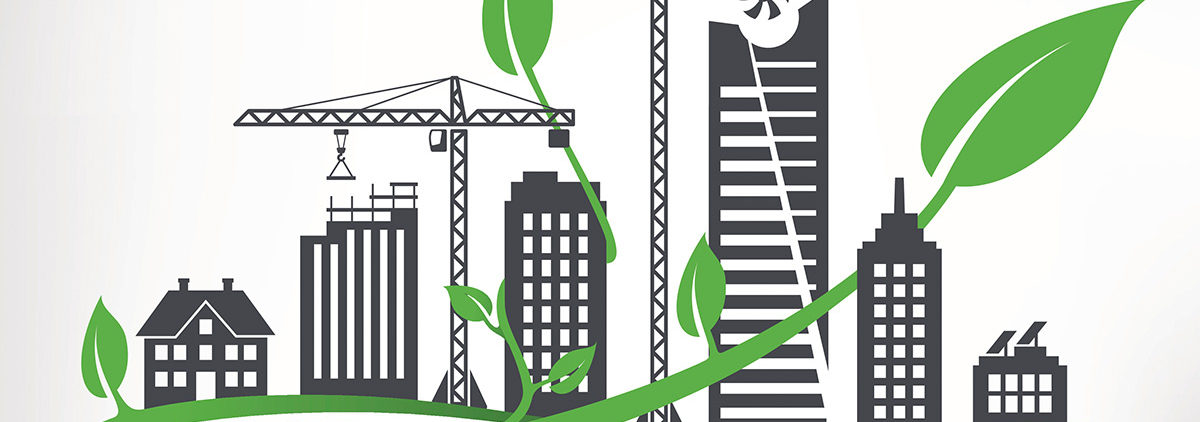

Challenge 6 and 7
Seven environmental challenges facing architects and designers
Challenge 6: The context for commercial interiors: improving the indoor environment
Holistic sustainable goals bring additional benefits to building users. Interior designers are increasingly taking account of psychographics during concept development. The occupational health sector favours psychographic design and its principles are endorsed by the UK government’s Fit for Work initiative.
With buildings being designed for human use, the best spaces promote positive behaviours and wellbeing when offering access to natural light, fresh air, accessible and appealing stairways that encourage people to avoid the lift, as well as social spaces that promote positive mental health.
The latest interior design trends include the Japanese principles of wabi-sabi, defined as ‘taking pleasure in the imperfect’ continue to enjoy popularity. Inspired by the ‘humble’ and making extensive use of organic materials, the minimalist Tilden Hotel in San Francisco was created with wabi-sabi in mind.
The influence of biophilia in the workplace is increasingly influential in commercial interior design, reinforced by research that demonstrates its benefits for mental health and wellbeing. There are plenty of ways to introduce nature into buildings from simply enabling better ventilation for fresh air and plenty of light, to incorporating plant life into building design. A dramatic commitment to biophilia led Madrid-based architects Selgas Cano to create a studio in a spectacular glass box embedded within a woodland environment.
Challenge 7: Researching and specifying carbon neutral products
Fulfilling the brief for a sustainable construction project depends on the availability of affordable products and materials. There is a growing number of brands offering carbon neutral options across a range of applications.
Birmingham-based flooring company Interface claims to be the only business offering carbon neutral flooring products following the launch of its range of carbon neutral carpet tiles, LVT and rubber flooring products.
Camira, which designs and manufactures fabrics for commercial interiors, is working with DEFRA and De Montfort University on its Sustainable Technologies in Nettle Growing (STING) project, designed to research ways of using fibres from the common stinging nettle to create an environmentally-friendly textile for contract upholstery applications.
The use of LED lighting within office spaces reduces energy consumption by 80 per cent. Apollo Lighting, based in Leeds, delivered humancentric lighting in the cancer treatment wards of Weston Park Hospital’s £7m modernisation project, promoting wellbeing and enhancing the patient experience.
BioCarbon Laminates, one of the latest products to reach the commercial interiors market, was launched at Futurebuild 2020. Produced in a carbon neutral manufacturing facility, BioCarbon Laminates engage in carbon off-setting by using renewables including hydroelectric energy, a programme of exchanging VOC emitting resins for water-based alternatives and investing in global wind farm projects and countering CO2 emissions with a reforestation programme. Its decorative laminates deliver all the benefits of its competitors including quality, durability, resistance to stains and anti-bacterial properties, at no additional cost.